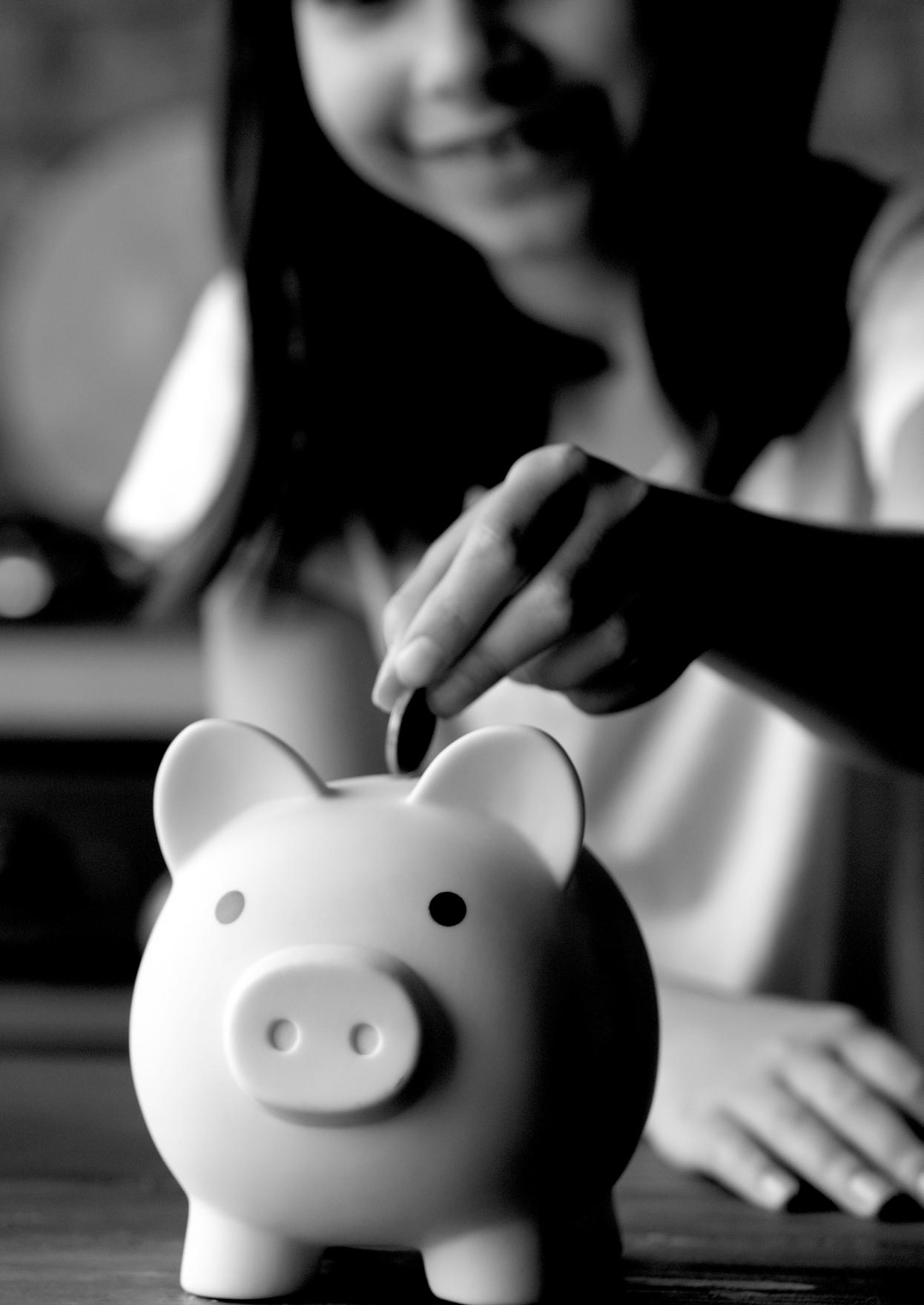
3 minute read
SAVING FOR YOUR CHILD
from 1875 Spring 2022
JAMES ROWBURY | INVESTMENT RESEARCH LEAD
Every family wants to give a new child the best start in life but are often unaware of the options available to provide a financial head start to the newest family member. Cash is often put away in a standard bank account until needed for one of the big moments in life, for example, buying a car, a first home or university fees, but this can often mean missing out on the potential for significant growth. In the current environment of low interest rates and the value eroding effect of inflation, it’s important to ensure this money is working hard. With the advent of a new tax year, we explore some of the options available.
CHILDREN’S SAVINGS ACCOUNT
As mentioned above, this is often the first port of call; a child savings account is essentially what it says on the tin – an account with a bank or building society which allows your child to save, and it can often be a good way to help your children develop good savings habits from a young age. Generally speaking, there’s no tax to pay on the interest generated in these accounts (although this depends on the total amount and your own personal interest income). The money belongs to the child, and they take control of the account when they’re 16 - you will no longer be able to manage or make withdrawals from this account on their behalf.
NATIONAL SAVINGS & INVESTMENTS PREMIUM BONDS
Another choice is to purchase premium bonds for your children. Premium bonds provide the chance to win cash prizes ranging from £25 to £1 million every month – although the current average prize rate equates to 1% a year. The maximum investment amount is £50,000, and these are backed by HM Treasury and hence one of the safest choices around. The downside to this is the average prize rate mentioned above - this is below the usual rate of inflation and hence their savings are losing purchasing power.
JUNIOR ISA
The benefits of ISAs are well publicised, with everything held in the ISA being shielded from tax. There are two types of ISA options available for children, cash ISAs and stocks & shares ISAs. A cash ISA is fully protected (up to the FSCS limit of £85,000) and they will receive a defined amount of interest, with 2.4% being the top rate currently available*. Turning to the stocks & shares ISA, returns depend on investment performance, but all income and gains are shielded from tax.
The current limit for the 2022/23 tax year is £9,000 and the child can take control of the account when they’re 16 but cannot withdraw the money until they turn 18– although for these two years they are eligible to hold both a junior ISA and an adult cash ISA, providing a further boost to tax-free savings for two years. However, the money belongs to the child, and at age 18 they are entitled to do as they please with it and you retain no power over the account. It is also worth noting that money added to the ISA cannot be withdrawn until the age of 18, even in cases of emergency.
JUNIOR SIPP
Quite understandably one of the last thoughts for a new-born is planning for their retirement, but it provides one of the most effective ways of boosting the overall value of the pot – the junior SIPP allowance is £2,880**, which is then boosted by 20% tax relief to £3,600. That’s an instant return, before we consider the potential returns of investing that money for the long-term. There are, however, some drawbacks: money put into a junior SIPP cannot be accessed until the child is 55 (rising to 57 in 2028), and it is legally in their name and, therefore, there is no way to take it back should an emergency require you to do so. Furthermore, pension rules are constantly evolving, and it is likely that they will change again between now and your child retiring.
*Rates accurate as at 6th April 2022.
**This amount is the limit for children with no earnings, should your child earn more than this amount they are eligible to increase the pension contributions.


